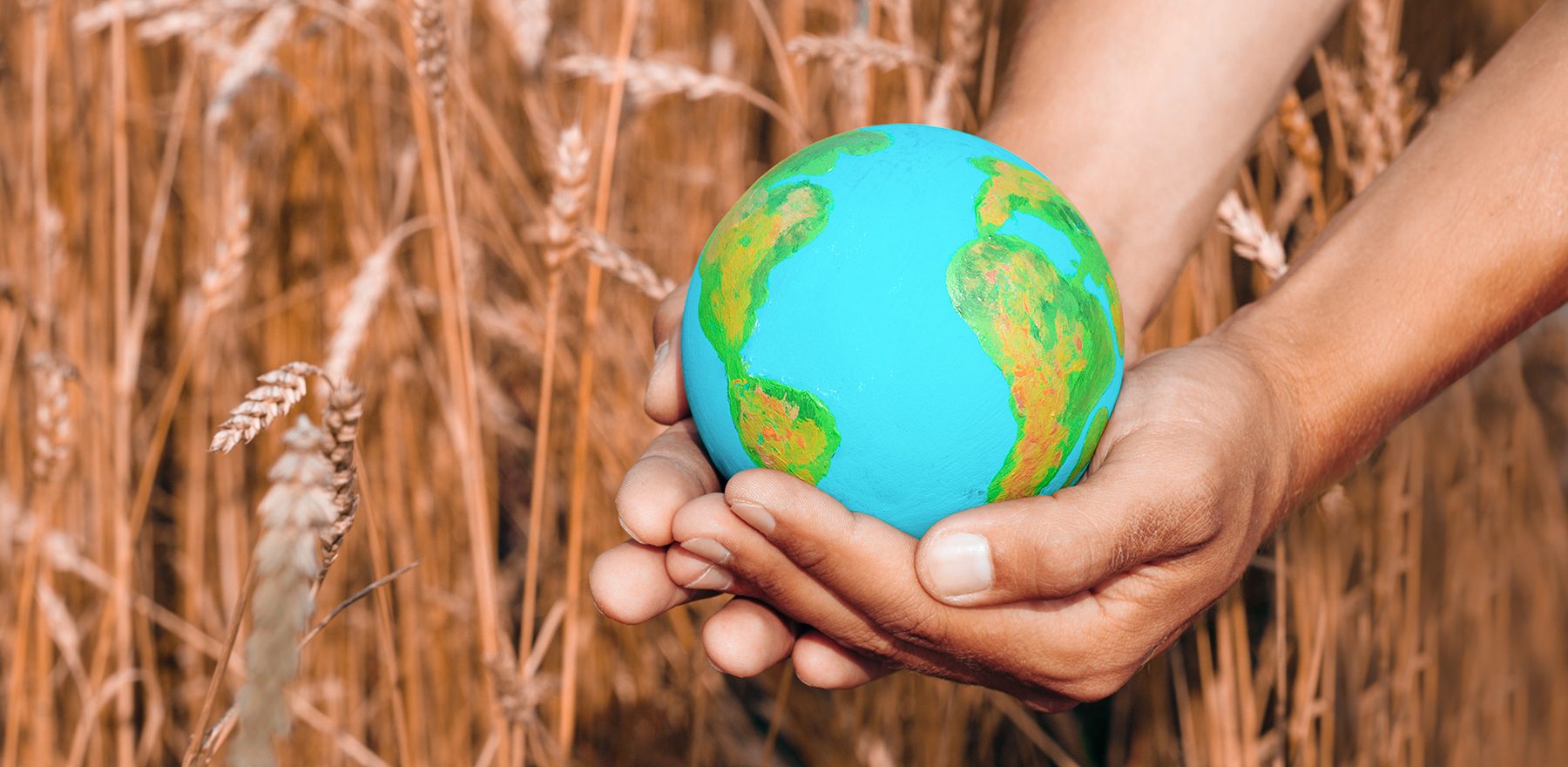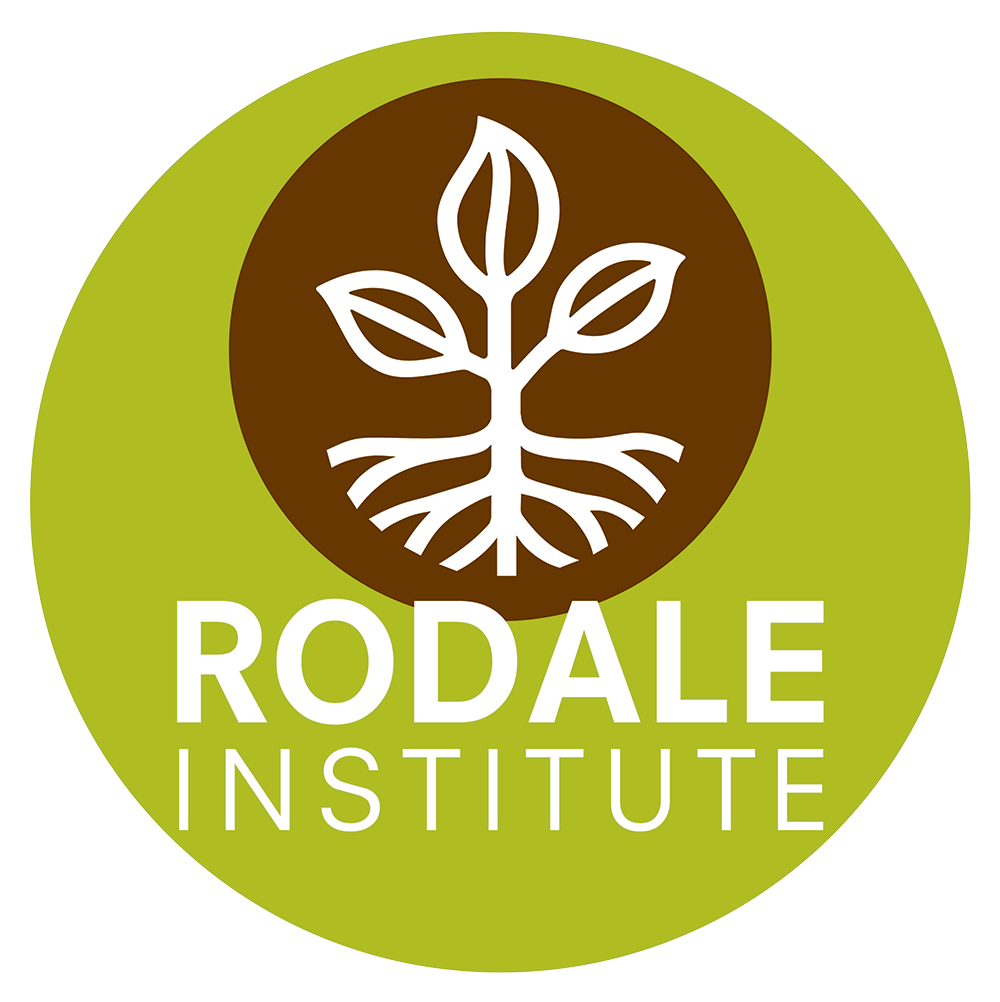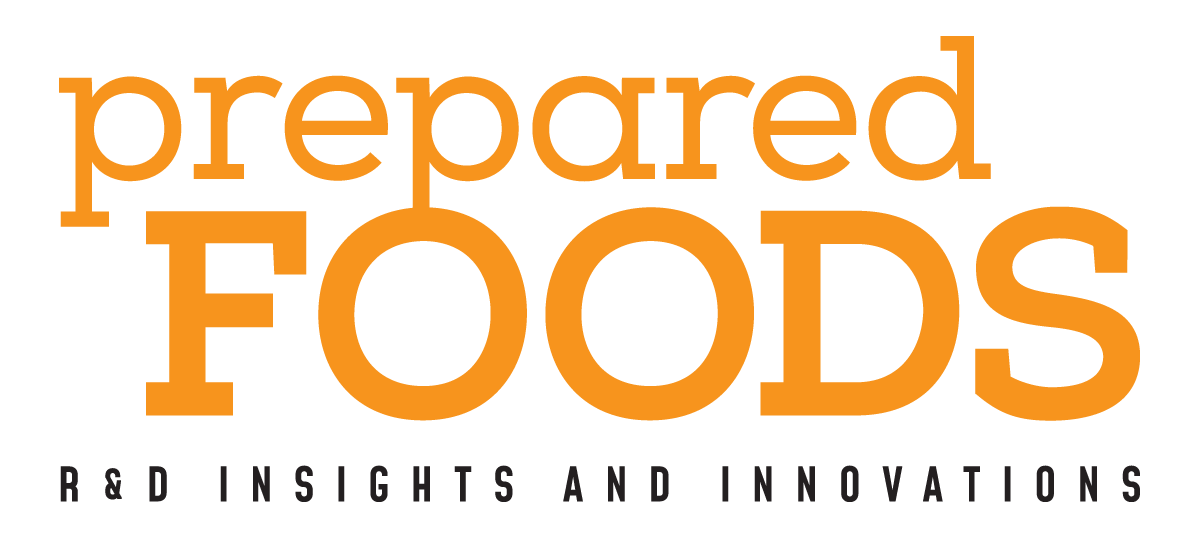Leading food and beverage companies and retail and foodservice operators are committing to aggressive goals to offset climate change and greenhouse gas emissions. One strategy impacting the processors and ingredient suppliers is the broad shift to future purchases of ingredients developed through regenerative agriculture.
Regeneration International defines regenerative agriculture as farming and grazing practices that, among other benefits, reverse climate change by rebuilding soil organic matter and restoring degraded soil biodiversity. The goal is both carbon drawdown and an improved water cycle.
Here are just four examples of leading companies’ actions involving regenerative agriculture.
FOUR YOUR CONSIDERATION: REGENERATIVE AGRICULTURE & INGREDIENT IMPACT
Mars Incorporated
Last September saw Mars Incorporated publish “The Mars Net Zero Roadmap,” its action plan to achieve Net Zero greenhouse gas (GHG) emissions across its full value chain by 2050. The Roadmap includes a new target—reviewed by the Science Based Targets Initiative—to cut emissions by 50% by 2030, from a 2015 baseline, with a pathway to Net Zero by 2050.
Ingredient related plans include redesigning its supply chains to stop deforestation and enhancing transparency and traceability of key ingredients such as cocoa, soy, and beef. It also means scaling up initiatives in climate smart agriculture by working with farmers on regenerative agriculture, optimizing sourcing, and switching to renewables. It also means optimizing recipes and developing new lower GHG-footprint ingredients for snacks and human-food dishes, as well as alternative proteins for pet food.
Nestlé USA
Last July, Nestlé said it investing to help bring regenerative agriculture practices to wheat farms within its DIGIORNO supply chain. Officials said the initiative will bring regenerative agriculture practices to more than 100,000 acres of farmland—nearly double the amount of acres needed to grow the amount of wheat used in DIGIORNO pizza. The work will help the company accelerate the transition to regenerative agriculture in its supply chain.
Officials said nearly two-thirds of Nestlé’s global greenhouse gas emissions come from sourcing ingredients. As part of its detailed roadmap to achieve net zero emissions by 2050, the company aims to source 20% of its key ingredients through regenerative agricultural methods by 2025, and 50% of its key ingredients by 2030. Through partnerships with wheat flour suppliers ADM and Ardent Mills, officials say Nestlé’s investment will benefit wheat farms across Kansas, North Dakota, Indiana, and Missouri. The initiative aims to help wheat farmers in the program employ regenerative agriculture practices in their fields through a combination of financial and technical resources.

PepsiCo
Last July saw PepsiCo and Walmart announce a seven-year collaboration. It includes $120 million in soil health and water quality investments for U.S. and Canadian farmers. By establishing and scaling financial, agronomic and social programs, officials say they want to “enable and accelerate” regenerative agriculture practices on more than 2 million acres of farmland and deliver approximately 4 million metric tons of greenhouse gas (GHG) emission reductions and removals by 2030.
PepsiCo’s move is in keeping with its earlier, broader pep+ (PepsiCo Positive) strategy and includes a specific focus on spreading the adoption of regenerative farming practices across 7 million acres. This is approximately equal to 100% of the land used around the world to grow key crops and ingredients for our products. These efforts are estimated to lead to a net-reduction of at least 3 million tons of greenhouse gas (GHG) emissions by 2030. PepsiCo also is committed to sustainably sourcing 100% of key ingredients, expanding to include not only our grower-sourced crops (potatoes, whole corn and oats), but also key crops from third parties, such as vegetable oils and grains.


General Mills
Last October, General Mills, Walmart and Sam’s Club said they will collaborate and accelerate regenerative agriculture practices on 600,000 acres in the U.S. by 2030. This represents the approximate number of acres General Mills engages to source key ingredients for its products sold through Walmart and Sam’s Club. Initial projects will be supported through grants administered by the National Fish and Wildlife Foundation (NFWF) and seek to advance regenerative agriculture outcomes across a variety of crops, including wheat, in the Northern and Southern Great Plains.
Last April, General Mills announced strategic partnerships with American Farmland Trust and Rodale Institute to accelerate regenerative agriculture techniques across key regions in California and the Northern Great Plains. In honor of LÄRABAR’s 20-year anniversary, the brand is partnering with the American Farmland Trust’s “Women for the Land” program to deliver grants to women-owned or operated farms in California’s San Joaquin Valley and support further adoption of regenerative agriculture techniques. General Mills sources 100% of its almonds from California, a state facing extreme water stress. By advancing regenerative agriculture, LÄRABAR aims to improve both soil health and water outcomes in this key sourcing area.
General Mills also established a multi-year partnership with Rodale Institute to advance the company’s 2030 regenerative agriculture goal and support American farmers. The partnership provides organic farmers in General Mills’ supply chain with practical, on-the-ground technical assistance from Rodale Institute’s organic consultants. Through the partnership, General Mills will implement monitoring practices to track improvements in soil health on participating farms and develop a forum for farmer-to-farmer mentorship focused on Northern Great Plains and California, key regions where General Mills sources organic wheat, oat and tomatoes for brands like Annie’s, Cascadian Farm and Muir Glen.
Video courtesy of Getty Images / bsd studio
Image 2 courtesy of Getty Images / dvulikaia
Image 3 courtesy of Getty Images / champpixs

